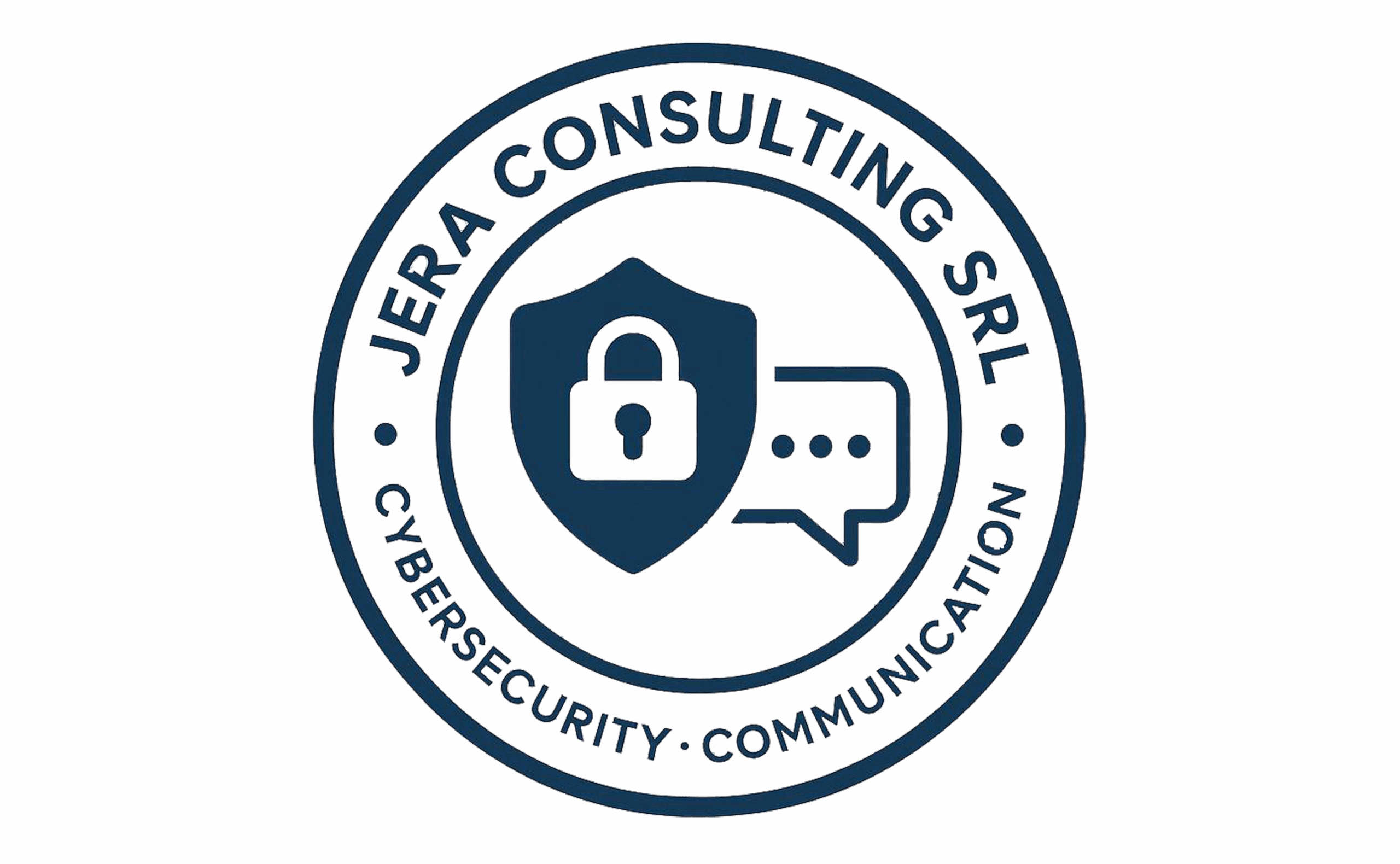When faced with a difficult problem, how should you approach it?

When faced with a difficult problem, how should you approach it?
Solving a business problem requires a systematic and strategic approach. Here’s a step-by-step guide to help you tackle business problems effectively:
- Define and Understand the Problem: The first step is to fully comprehend the problem at hand and clearly articulate the specific problem you are facing. This involves breaking it down, clarifying the requirements, and identifying the core issues that need to be addressed. Identify the root cause and the implications it has on your business operations, goals, or performance.
- Research and Gather Information: Collect relevant data, ressources and information related to the problem. This could include financial data, customer feedback, previous solutions, expert opinions, market research, industry trends, and any other data that provides insights into the issue.
- Brainstorming and Ideation: Generating multiple ideas and potential solutions is crucial. You might use various techniques such as mind mapping, brainstorming sessions, or other creative methods to explore different approaches.
- Analyze the Situation and Evaluate Options: Evaluate the information you’ve gathered to gain a comprehensive understanding of the problem. Analyze each potential solution based on its feasibility, cost, potential risks, impact on stakeholders, and alignment with your business objectives. Look for patterns, trends, and potential contributing factors.
- Set Objectives: Define what you want to achieve by solving the problem. Your objectives should be specific, measurable, achievable, relevant, and time-bound (SMART).
- Generate and Evaluate Solutions : Brainstorm and create a list of potential solutions to address the problem. Encourage creativity and involve key stakeholders or team members in the ideation process. Analyze each potential solution based on its feasibility, cost, potential risks, impact on stakeholders, and alignment with your business objectives.
- Choose the Best Solution: Select the most suitable solution based on your evaluation. Sometimes, it might be necessary to combine elements from different solutions or implement them in phases.
- Create an Action Plan: Develop a detailed plan for implementing the chosen solution. Outline the steps, responsibilities, timelines, and resources required for successful execution. Not all solutions may be equally feasible or effective. You should prioritize the most promising options and create a step-by-step plan to implement the chosen solution. If the problem is complex, involving others with diverse perspectives and expertise can be valuable. Collaboration can lead to a broader understanding of the problem and more robust solutions.
- Implement the Solution: Put your action plan into action. Communicate the changes to your team and stakeholders, and ensure everyone is aligned with the new approach. Sometimes, unexpected challenges or new information may arise during the problem-solving process. It’s essential to remain flexible and open-minded, willing to adjust the approach if necessary.
- Monitor and Measure: Continuously monitor the implementation progress and measure the results against the defined objectives. Regularly assess the effectiveness of the solution and make adjustments as needed. Regular evaluation allows for adjustments if needed and ensures the problem is adequately addressed.
- Seek Feedback: Seeking feedback from peers, experts, or stakeholders can provide valuable insights and help validate the chosen solution. Gather feedback from employees, customers, or other relevant parties to understand how the solution is perceived and if any further improvements are required.
- Experiment and Iterate: In some cases, it’s necessary to experiment with different approaches or prototypes to test their effectiveness. This iterative process helps refine the solution and identify any potential issues.
- Document the Process: Keep track of the entire problem-solving process, including the steps taken, decisions made, and outcomes achieved. This documentation can be valuable for future reference and learning.
- Continuous Improvement: Business problems may arise again in the future, or new challenges may emerge. Learn from your problem-solving experiences and use that knowledge to continuously improve your problem-solving capabilities.
Remember, business problems can vary in complexity, and it’s essential to adapt your approach accordingly. Stay open to feedback, be willing to adjust your strategies, and embrace a culture of learning and improvement within your organization. Additionally, involving relevant stakeholders and fostering a collaborative environment can lead to more effective and sustainable solutions.
Jera Consulting’s specialists are ready to listen to you and help you sharpen your vision and strategy. Feel free to come and talk and we will look together at how we can optimize your organization. Our management consulting services focus on our clients’ most critical issues and opportunities: strategy, marketing, organization, operations, technology, transformation, digital, advanced analytics, corporate finance, mergers & acquisitions and sustainability across all industries and geographies. We bring deep, functional expertise, but are known for our holistic perspective: we capture value across boundaries and between the silos of any organization. We have proven a multiplier effect from optimizing the sum of the parts, not just the individual pieces.
Copyright © 2025 Jera Consulting SRL - Website by Target4Biz® Agence Belge de Communication, Marketing et Publicité | All rights reserved
